Brazil breeds new coffee varieties Arara Flavor Features How and why coffee varieties matter?
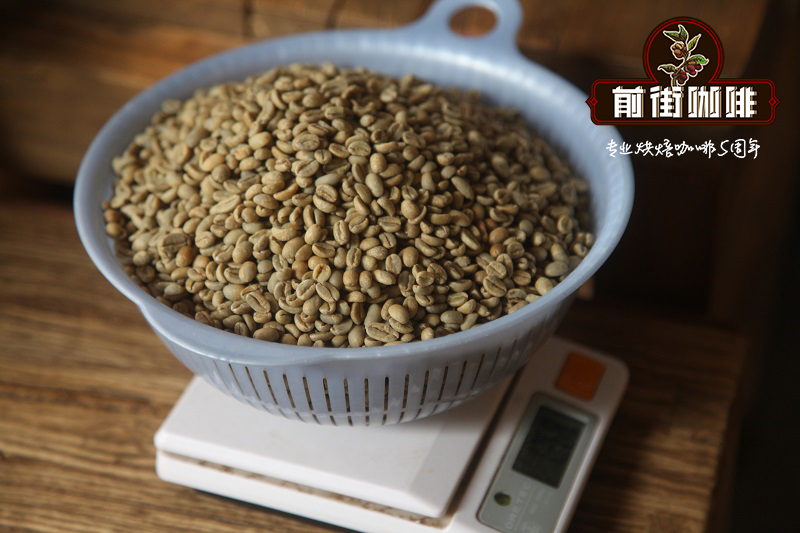
The selection of varieties will affect the flavor, productivity and planting conditions of coffee. Consumers are often excited to try varieties such as Guixia, while producers can continue to be faithful to well-served varieties.
In Brazil, however, a new breed attracted attention and won the quality competition-Arara. The cup score extended until the mid-1990s and is known for its resilience and productivity, and more and more farms are growing it.
What is the variety of coffee?
Variety: we often hear these words when we talk about coffee, but we don't always know what the difference is.
There are several kinds of coffee plants. The two most important are Arabica coffee (which accounts for most of the drinks we drink today) and Robusta.
However, each species can be further divided into multiple species. These plants include Kaddura, bourbon, New World, Ruiru 11-and, of course, Arara. Coffee trees of the same species but different varieties have some characteristics, but there are also many differences. For example, Catuai and Pacamara are Arabica coffee, but they vary in bean size, nutritional requirements, leaf color, disease resistance, and even cherry color.
When different varieties breed, more varieties are produced. Kaduai, for example, is the result of a cross between New World and Kaddura. It is worth noting that among the Kaduai varieties, there are many types that can make plants have red or yellow cherries, but they are considered to be the same variety.
When humans create a variety of coffee in an agricultural environment, you can also call it a cultivated variety.
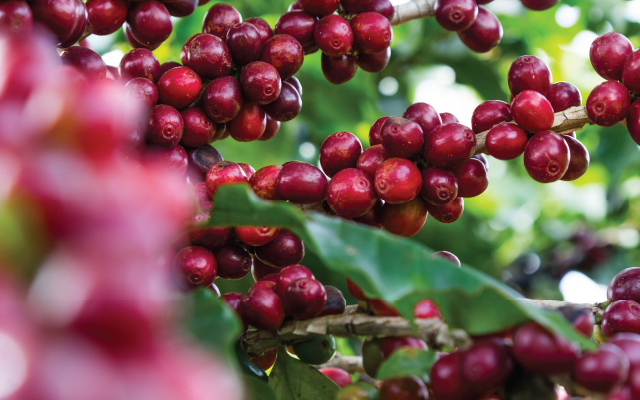
Why is the type of coffee important?
Varieties can affect the flavor, quality, disease resistance and farming requirements of coffee. For example, Rose Summer is famous for its fragrance of flowers and jasmine, while bourbon is often associated with sweetness.
For coffee growers, this means that choosing the right variety can have a huge impact on their business. They need to choose varieties that suit the soil and resources of their farms. They also need to decide whether to give priority to high-yielding varieties, high cupping scores or disease-resistant varieties. Finally, they must consider the market demand and the buyers they have access to.
This means that the more varieties producers choose, the better. Jos é Marcos RafaelMagalh ã es is a coffee farmer and president of Minasul, a coffee cooperative in Varginha, Minas Gerais, Brazil. "the first advantage is that it is possible for producers to identify varieties that are more suitable for their microclimate and soil," he said. Another big advantage is that fertilization treatments can be planned according to the needs of crops and harvested by planting trees that tend to mature at different times (early, middle, late). "
In Brazil, significant investment has been made in the production of new and cultivated coffee varieties. Lucas Bartelega is an agronomic engineer at Funda coffee ã oProcaf é, one of the country's leading coffee research institutions. He told me that in the 1970s, when rust became a problem, they worked to improve the genetics of coffee plants. He said: "Today, almost all varieties are resistant to coffee bean rust."
As climate change reduces the amount of land suitable for coffee cultivation and allows pests to multiply, Brazilian institutions are under greater pressure to produce resistant crops. At the same time, the thriving specialty coffee industry means that many producers are also concerned about quality.
Jose é Marcos told me that Minasul connects Funda é ã oProcaf é to producers and promotes their use of new varieties. "I think [the research on new varieties] is very important because we can see the impact of climate change and what the market shows buyers want. We have a direct understanding of the needs of consumers, we can produce this product and encourage the growth of varieties that can provide us with the right results.... "
"it is important to renew crops with newly developed varieties that can tolerate diseases (especially rust), pests and weather changes (drought and high temperatures)."
Cultivate ARARA and other new varieties
The development of new varieties is a long process, which requires researchers to do hard work. For example, Arara was launched in 2012 by Funda ã oProcaf é, but after 15 years of research. And it wasn't even the planned cross.
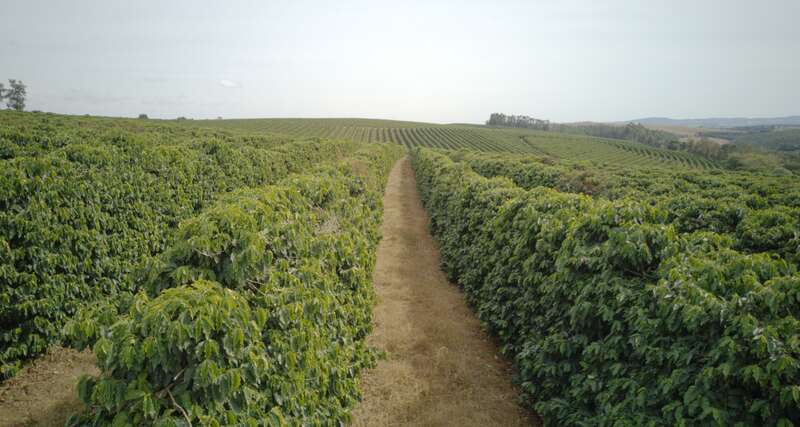
Arara was selected from natural hybrids in a major plantation called Sarchimor 1669-20. At the time, the material was thought to have crossed with yellow Catuai or yellow Icatu.
Until now there have been two very small, very dynamic and high-yielding trees with yellow fruit and immunity to coffee leaf rust. These plants stand out because crops are made up of big trees and red fruits, so their small size, yellow fruit and high productivity have attracted people's attention, and they have been observed to have antirust effects.
He told me that scientists first separated the new plants from the rest of the crops. After three generations, they selectively collected the seeds of the best plants to improve their structure and size. In 2012, the foundation was satisfied with the variety and began to release it. It soon became popular. "this is one of the varieties I want most," Lucas told me. 60 per cent of our seed demand for Funda ã oProcaf é is for Arara. "
Why is ARARA popular?
Arara has the following characteristics:
Yellow cherries with soybeans can increase their market value
Obvious sensory attributes
The trees are compact and the harvest is easier
High productivity
Adaptability and tenacity
Resistance to diseases such as iron rust, bacterial wilt and plaque
This makes it an ideal factory for producers: it produces high-quality coffee with high yields and disease or poor growth conditions usually do not cause serious problems compared with other varieties.
"I'm a producer myself, and I started growing Arara in 2018 and distributed 250000 seedlings on 50 hectares of land," said Jos é Marcos. "I really believe in Arara because I found something while walking through the farm. I have seen high productivity, high quality of coffee beans, tolerance to disease and good quality of cups. "
It is also a good choice for those who are concerned about climate instability. It can withstand water scarcity and drought, but because the fruit is more firmly attached to the branches, it is also better able to cope with the harvest rainfall. "if it rains during harvest, a lot of fruit will fall to the ground, while much less fruit will fall from Arara," Lucas explained. "
Compared with other coffee varieties, Arabian cherries ripen slowly, but this can help farm management, he said. Producers can plant varieties with different maturity times. As a result, they will not be overwhelmed at harvest, because not all crops will mature at the same time.
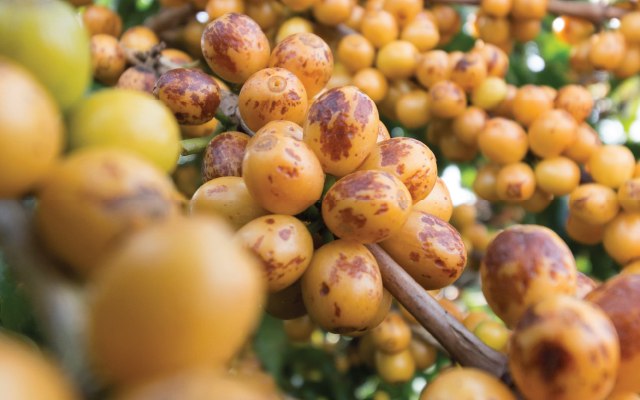
Maturity is also considered to be a key factor in its award-winning sensory traits. "it is expected that the quality of the late harvest variety is slightly higher because it has a longer ripening time and more compounds are accumulated in the fruit, so it is more complex." They may be more exotic. " Lucas told me.
Having said that, the researchers were unable to say what flavors and aromas Arara crops might have. Lucas stressed: "so far, it feels that notes are more influenced by the environment than by plant genetics."
For Jose Marcos, however, the factory stands out. "this coffee has a unique ability to show eye-catching flavor and aroma. He said this stood out in specialty coffee brewing and Minasul-sponsored competitions, "he added." in all finals, we saw Arara score 86 points, usually 88 and 89 points. "
Arara also performed well in the competition organized by the Brazilian Professional Coffee Association (BSCA). In 2019, the paste natural Arara of FazendaSert ã ozinho from Botelhos, Minas Gerais, ranked first in the Aroma BSCA competition with a score of 92.5. In 2017, FazendaSert ã ozinho's Arara won both dry and wet competitions, scoring 94.25 cups.
Finally, producers, traders, roasters and consumers all want the same thing: quality coffee that is profitable for all participants. When carefully managed throughout the supply chain, Arara can make great achievements in cups.
Jos é Marcos said: "the coffee industry is pursuing quality. Under the demand for higher quality, many producers are looking for varieties that can provide larger beans, better tasting cups and can be grown at higher elevations. "
The future of Arara remains to be seen, but with its versatility, disease resistance and quality reputation, it is no wonder that it has quickly become a popular variety in Brazil.
Important Notice :
前街咖啡 FrontStreet Coffee has moved to new addredd:
FrontStreet Coffee Address: 315,Donghua East Road,GuangZhou
Tel:020 38364473
- Prev

The Creative drink making method of Coffee and Cocktail Coffee from Costa Rica can make Creative Coffee
This cocktail does its best. Named after its main ingredient-coffee from the Tarazu region of Costa Rica-this is a fruity drink that contains unusual ingredients such as carao honey and jacoticaba wine. For those of us who do not have sufficient access to these anaerobic beans and niche ingredients, this formula can almost be made naturally.
- Next
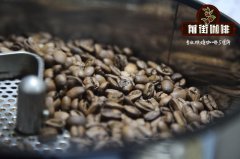
coffee roasting| How to understand coffee roasting curve What does roasting curve help roast coffee
What is a baking curve? Why is it so important? Baking curves help monitor baking by tracking the heat in the drum at critical times throughout the baking process. By demonstrating how the same amount of heat can be applied simultaneously to a batch of products, they can help the oven create guidelines that reproduce the outline of the oven. Roasting curves can help identify and track the order coffee goes through during roasting
Related
- Beginners will see the "Coffee pull flower" guide!
- What is the difference between ice blog purified milk and ordinary milk coffee?
- Why is the Philippines the largest producer of crops in Liberia?
- For coffee extraction, should the fine powder be retained?
- How does extracted espresso fill pressed powder? How much strength does it take to press the powder?
- How to make jasmine cold extract coffee? Is the jasmine + latte good?
- Will this little toy really make the coffee taste better? How does Lily Drip affect coffee extraction?
- Will the action of slapping the filter cup also affect coffee extraction?
- What's the difference between powder-to-water ratio and powder-to-liquid ratio?
- What is the Ethiopian local species? What does it have to do with Heirloom native species?

